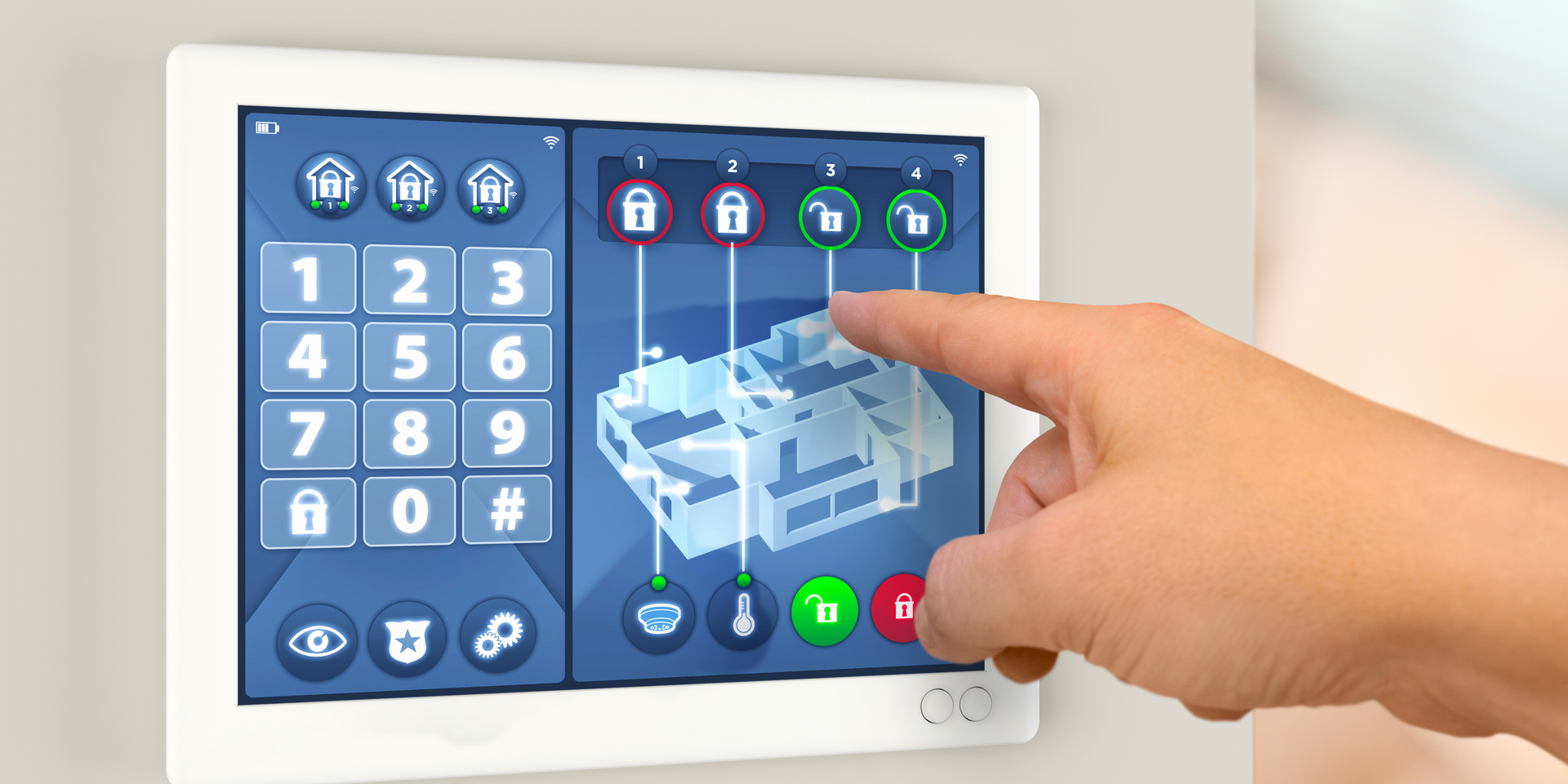What Do You Mean By Real Time Computing?
What Do You Mean By Real-Time Computing?
Real-time computing refers to the technology that processes data and responds to it instantaneously, typically within milliseconds or microseconds, ensuring timely and accurate outcomes. This type of computing is essential in environments where delay can result in failure of the system or catastrophic events, such as in automotive safety systems or medical life-support machines. The main characteristic of real-time computing is its ability to adhere to strict deadlines, providing consistent and predictable performance under all conditions. Applications of real-time computing vary widely from automated stock trading systems, where split-second timing can affect millions of dollars, to control systems for public infrastructure, which require continuous and immediate adjustments to maintain safety and efficiency. By integrating real-time computing, industries can achieve higher precision, reliability, and efficiency in their operations, which are crucial for meeting the demands of modern technology applications.

What is Real Computing
Real computing, particularly Real Time Computing, refers to systems that process data and provide responses instantaneously, crucial for applications where timing is critical. This form of computing ensures that operations such as data analysis, control systems, and user interactions occur within a strict timeframe, often measured in milliseconds. Real Time Computing is essential in environments where delays can lead to significant consequences, including industrial automation, telecommunications, and critical infrastructure management. By facilitating immediate data processing and response actions, it supports high-stakes decision-making processes. The effectiveness and reliability of real-time systems are foundational to the smooth operation of various technologically advanced applications.
Realtime Computing Examples
Examples of Real Time Computing include emergency braking systems in vehicles, which must react instantly to prevent accidents, and flight control systems in aircraft that require constant and immediate computations to ensure safety. Additionally, complex manufacturing processes leverage real-time computing to monitor and adjust machine operations without human intervention, ensuring quality and efficiency. These applications highlight the critical role of real-time systems in modern technology-dependent sectors.
What Is Real Time Processing In Computers
Realtime processing in computers involves handling and responding to input data immediately as it occurs, ensuring that the system outputs are provided within a strictly defined time frame. This type of processing is crucial for applications where timing and instant response are essential, such as in embedded systems for automotive or aviation safety controls. Realtime processing allows systems to process complex operations on-the-fly without noticeable delays, making them ideal for time-sensitive tasks. The ability to deliver rapid processing and response times transforms how systems interact with their environment and users, leading to more dynamic and reliable operations. Ultimately, real time processing is fundamental in applications where delays cannot be tolerated, as it ensures operational accuracy and efficiency.
Characteristics of Realtime System
Realtime systems are defined by their determinism, reliability, and responsiveness. They must consistently perform operations within a set period, often measured in milliseconds or microseconds, which is critical for maintaining system integrity and effectiveness. These systems are also designed to be fault-tolerant, meaning they can continue operating correctly even in the event of hardware or software failures, ensuring continuous service without disruption.
What is a Realtime Application of a Computer
A real time application of a computer refers to any software system that requires immediate processing and response to inputs, ensuring minimal delay between the occurrence of an event and the system's response. These applications are vital in environments where time delays cannot be tolerated and can have drastic consequences if not addressed instantly. They are commonly found in mission-critical systems such as automotive safety controls, where response time can be a matter of life and death. Realtime applications also play a crucial role in process control systems in manufacturing, ensuring operations are carried out without errors and on time. This immediacy in processing makes real time applications indispensable in numerous high-stakes fields, from emergency response systems to complex scientific research operations.
Realtime System Examples
Examples of real time systems include the control systems used in intensive care units, where equipment must adjust instantly to fluctuating patient vital signs. In the entertainment and gaming industry, real time computing is essential for maintaining seamless user experiences during interactive sessions. Additionally, factory automation systems use real time technology to coordinate the precise movements of robotic arms to assemble products efficiently and safely. These examples highlight the critical role real time systems play across various sectors, ensuring operational continuity and safety.
What Are The Two Main Types of Real-Time Systems?
Real-time systems are categorized into two main types: hard real-time systems and soft real-time systems. Hard real-time systems require strict adherence to timing constraints, as any delay in processing could lead to critical failures. In contrast, soft real-time systems are more flexible, where occasional delays are permissible and do not cause any catastrophic outcomes. This distinction is crucial in designing systems according to their operational criticality and the potential risks associated with timing failures.
What is Real-Time in Computers?
In computing, "real-time" refers to the capability of a system to process and respond to inputs or events within a predetermined time frame. This feature is essential in environments where delays can hinder functionality or lead to significant consequences. Real-time computing ensures that computational tasks are performed exactly at the time they are needed, providing consistent and reliable outcomes in time-sensitive applications.
What is an Example of Real-Time Software?
An example of real-time software is the control system used in autonomous vehicles. This software must process vast amounts of sensor data in real time to make immediate decisions on vehicle steering, braking, and acceleration. The ability to handle these tasks quickly and accurately is vital for the safety and efficiency of autonomous driving, showcasing the critical role of real-time software in modern technology.

What is Real-Time Programming?
Real-time programming involves developing software systems that can guarantee immediate response times and strict adherence to performance constraints within a predetermined time frame. This type of programming is crucial for applications where delays can lead to significant failures or where operations must be synchronized with specific timing requirements. Real-time programmers must consider factors such as task prioritization, concurrency management, and system resource allocation to ensure the software meets its real-time criteria. The work often involves writing highly optimized and efficient code that can run on embedded systems or dedicated hardware. Real-time programming is used extensively in fields such as aerospace for flight control systems, automotive for vehicle safety systems, and multimedia for audio and video streaming.
Real-Time Software in Software Engineering
Real-time software in software engineering refers to programs that are designed to function within the strict time constraints of real-time systems. These software applications must be reliable, consistent, and capable of managing and executing concurrent data streams and operations effectively. The development of real-time software involves rigorous testing and validation to prevent any failures that could result from timing errors or data corruption. In essence, real-time software engineering is about creating systems that can not only perform tasks within a specific time limit but also guarantee operational correctness at all times.
What is a Realtime System
A realtime system is a computing environment designed to handle data input and output operations within a stringent time frame determined by the system's requirements. These systems are essential in applications where the timing of operations is critical, such as in process control, medical devices, and various safety systems where delays can lead to unacceptable outcomes. The key characteristic of a realtime system is its ability to provide predictable and consistent response times, ensuring that tasks are completed exactly when needed. Realtime systems are typically evaluated based on their performance in meeting time constraints, rather than just throughput or computational power. They integrate complex scheduling algorithms and resource management tactics to maintain system integrity and timely execution under all circumstances.
Realtime Operating System
A realtime operating system (RTOS) is a critical component of realtime systems, designed to manage hardware resources and execute processes within strict time constraints. Unlike standard operating systems, an RTOS must prioritize system processes and tasks based on their urgency and importance, ensuring that critical tasks receive the CPU time they require without delay. These systems are highly optimized for minimal latency and maximum predictability, which are crucial for applications that depend on timely data processing and task execution. Additionally, an RTOS provides essential services like multi-threading, inter-process communication, and real-time scheduling, making it indispensable in embedded systems where real-time responsiveness is paramount.
You might also like



